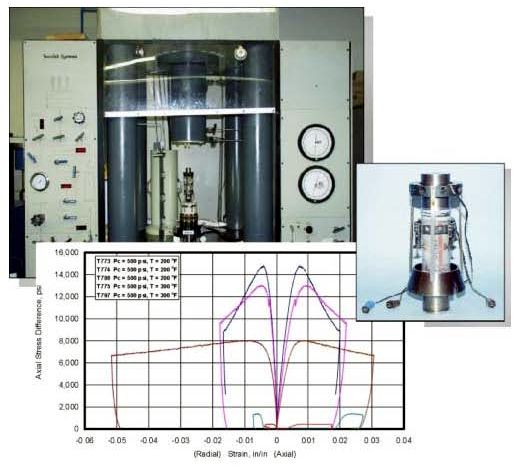 Order of Magnitude Studies and Geotechnical Characterization
Order of Magnitude Studies and Geotechnical Characterization
Order of Magnitude studies for conventional room-and-pillar mining, longwall mining, and solution mining of a potential soda ash mine at Kazan, Turkey, were completed by AAI. The solution mining option was aggressively pursued by Rio Tinto and AAI was responsible for design of deep horizontal caverns, resource definition, recoverable reserve estimates, and capital and operating costs for a solution mine to feed a large-scale commercial trona/soda ash plant.
Data collection included core logging and laboratory testing of core. A laboratory testing program was developed and implemented to establish the geotechnical character of the site. AAI coordinated, prepared, conducted, subcontracted, and documented the recommended UCS, TCS, Brazilian, and slake durability testing for conventional mining and TCS and thermal expansion tests at elevated temperature for solution mining.
Solution mining concepts using vertical and horizontal caverns were evaluated based on experience gained from similar operations in the Piceance Creek Basin. Thermomechanical modeling (FLAC) was used to assess cavern shape, cavern growth rate, dimensions, and stability. A 3D seismic assessment revealed faulting on-site requiring optimization of the cavern layuout to maximize resource recovery. AAI designed a pilot test plan to demonstrate the viability of the solution mining concept.
Additionally, AAI was asked to analyze the subsidence potential from planned solution mining for Kazan’s Environmental Impact Assessment (EIS) as well as prefeasibility through feasibility studies. Long-term predictive subsidence was analyzed for solution mine plans using the influence function method. Hundreds of underground caverns were analyzed for subsidence potential at the Kazan Project site. The effect of temperature and creep on subsidence were also analyzed.






